(3422 products available)






























































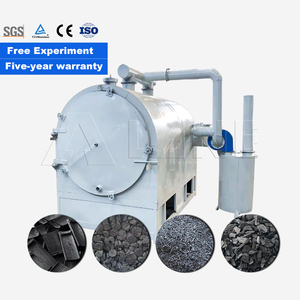
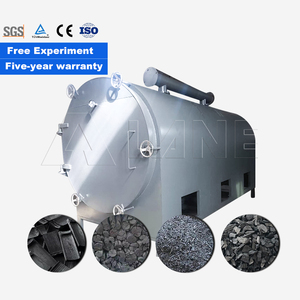
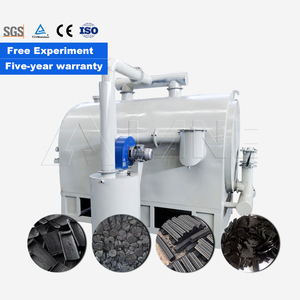








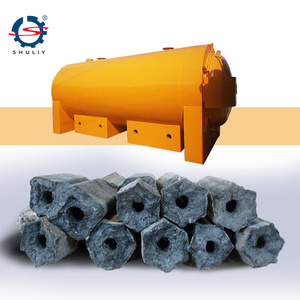
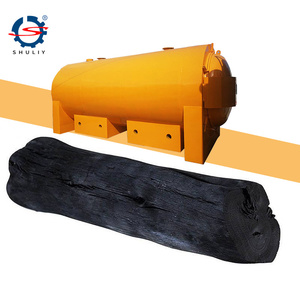

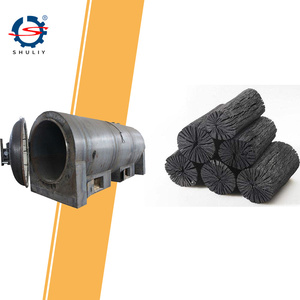










































































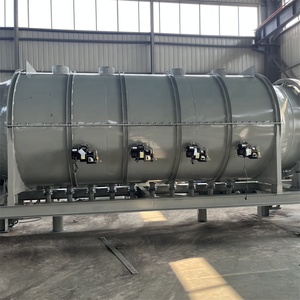
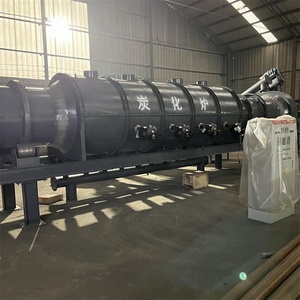

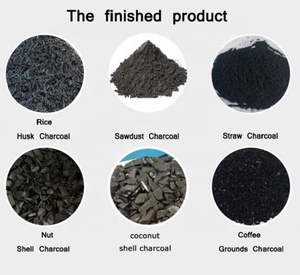




























































The world of industrial machinery encompasses a wide array of specialized equipment designed to meet specific production needs. Among these, palm kernel shell make charcoal machin stand out as essential tools in the woodworking industry, transforming raw materials into energy sources. These machines are engineered to convert wood and other biomass materials into charcoal or biochar through a process known as carbonization. palm kernel shell make charcoal machin are pivotal in sustainable energy production, as they offer a method to recycle waste materials into valuable fuel. Their robust construction and advanced technology make them indispensable for businesses seeking efficient and environmentally friendly solutions.
palm kernel shell make charcoal machin come in various types, each designed to accommodate different production capacities and operational environments. The most common types include batch carbonization stoves, continuous carbonization stoves, and rotary carbonization stoves. Batch carbonization stoves are ideal for small-scale operations, offering flexibility and ease of use. They typically handle 3–4 tons of material per cycle and are suited for intermittent production. Continuous carbonization stoves, on the other hand, are designed for large-scale operations, providing a steady output of charcoal. These stoves can process up to 10 tons of material per day, ensuring consistent production. Rotary carbonization stoves are known for their efficiency and uniformity in carbonization, with a capacity ranging between 5–7 tons per cycle. Each type of palm kernel shell make charcoal machin is tailored to specific operational needs, ensuring optimal performance and output.
The primary function of palm kernel shell make charcoal machin is to convert wood or biomass into charcoal through thermal decomposition. This process is achieved by heating the material in an oxygen-free environment, which prevents combustion and allows carbonization to occur. Key features of these stoves include automated controls, efficient heat distribution systems, and advanced emission management technologies. Automated controls allow operators to monitor and adjust temperature and pressure settings, ensuring precise carbonization. Efficient heat distribution ensures uniform processing, reducing energy consumption and enhancing output quality. Emission management technologies in palm kernel shell make charcoal machin are designed to minimize environmental impact, capturing and recycling gases produced during carbonization. These features collectively contribute to the efficiency and sustainability of the carbonization process.
The construction of palm kernel shell make charcoal machin involves the use of high-grade materials to withstand the rigorous demands of carbonization. Common materials include stainless steel, cast iron, and high-temperature refractory bricks. Stainless steel is often used for its corrosion resistance and durability, ensuring long-term operation and minimal maintenance. Cast iron components provide structural integrity and heat retention, essential for efficient carbonization. High-temperature refractory bricks line the interior of palm kernel shell make charcoal machin, protecting the structure from thermal stress and enhancing heat distribution. These materials are carefully selected to optimize performance and longevity, making palm kernel shell make charcoal machin a reliable choice for industrial applications. Additionally, the design of these stoves incorporates advanced insulation materials to prevent heat loss and maximize energy efficiency.
To maximize the benefits of palm kernel shell make charcoal machin, it is crucial to understand their operational guidelines and best practices. Begin by selecting the appropriate type of stove based on production requirements and available space. Ensure that the material to be carbonized is properly prepared and sized to fit the stove's capacity. Loading should be done evenly to facilitate uniform carbonization. Once loaded, set the temperature and pressure controls according to the manufacturer's specifications. Monitoring the process is essential to ensure quality output and prevent any operational issues. After carbonization, allow the stove to cool before removing the charcoal to avoid safety hazards. Regular maintenance, including cleaning and inspection of palm kernel shell make charcoal machin, will extend its lifespan and improve performance. Proper usage not only enhances output quality but also contributes to safe and efficient operations.
When selecting a palm kernel shell make charcoal machin for your operation, several factors must be considered to ensure optimal performance and efficiency. The first consideration is the production capacity required to meet your business needs. If your operation demands high volume output, a continuous carbonization stove might be the best choice due to its ability to process large amounts of material daily. For smaller operations, a batch carbonization stove offers flexibility and ease of use. Additionally, the type of material you plan to carbonize should influence your choice, as some stoves are better suited to specific materials like wood or agricultural waste. Understanding the operational environment, available space, and integration capabilities with existing systems will also guide your decision.
The primary function of a palm kernel shell make charcoal machin is to convert biomass materials such as wood into charcoal or biochar through a process called carbonization. This involves heating the material in an oxygen-free environment, allowing thermal decomposition without combustion. The resulting product serves as a sustainable fuel source with applications in energy production and soil enhancement.
A palm kernel shell make charcoal machin contributes to environmental sustainability by recycling waste materials into valuable fuel, reducing reliance on fossil fuels. The advanced emission management systems in these stoves capture and recycle gases, minimizing environmental impact. Additionally, the use of biomass as a raw material promotes the utilization of renewable resources.
Regular maintenance of a palm kernel shell make charcoal machin is crucial for its longevity and optimal performance. Essential practices include routine cleaning to prevent residue buildup, inspection of components for wear and tear, and calibration of automated controls to ensure precise carbonization. Scheduled maintenance checks can prevent operational issues and enhance the efficiency of the stove.
Yes, a palm kernel shell make charcoal machin can process a variety of biomass materials beyond wood, including agricultural waste, coconut shells, and sawdust. Each material may require specific adjustments in temperature and pressure settings to achieve effective carbonization. It's important to consult the manufacturer's guidelines to optimize the process for different materials.
Safety considerations are paramount when operating a palm kernel shell make charcoal machin. Operators must ensure that the stove is properly ventilated to prevent the accumulation of gases. Protective gear should be worn to guard against high temperatures and potential hazards. Additionally, adhering to operational guidelines and conducting regular safety checks can mitigate risks associated with carbonization.